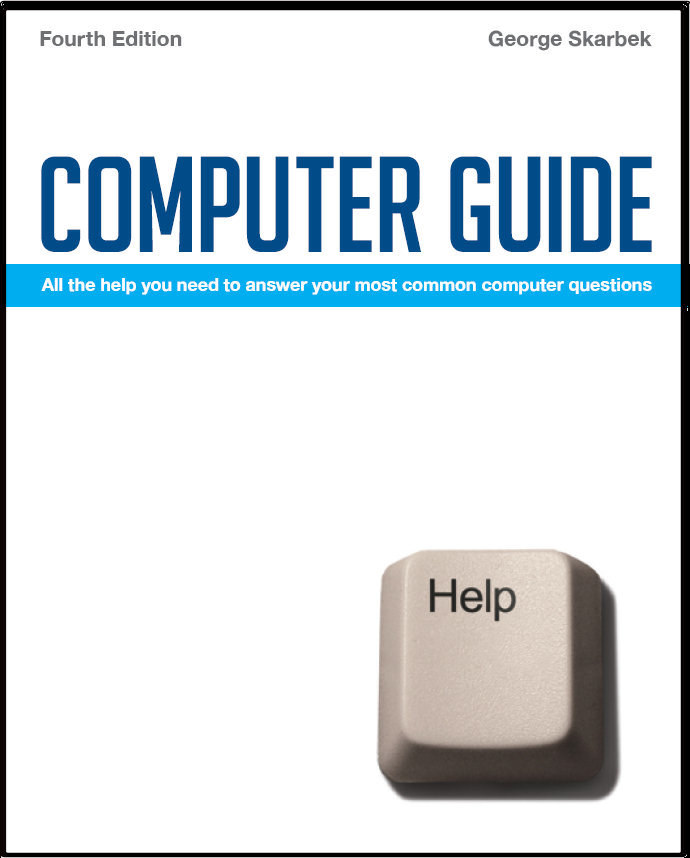

To look at the e-book in PDF format, Computer Guide, based on these columns click here
Who is stealing my data? A: Something is very wrong as this is well over 1 GB a day, something many users do not reach even in one month, and the most likely explanation is that somebody living close to you has connected to your wireless access point and is downloading videos or music. Your ISP cannot possibly know how your wireless security is set, or if you have any security at all. The password that they refer to is their password. If the wireless router packets are increasing while the Task Manager, Networking shows no network activity on either computer, then you can be 100% someone is connecting to the wireless router. I suggest that you also enable MAC (Media Access Control) address filtering. A MAC address is a 12-digit unique code assigned to each Ethernet card. This will only permit access to users with that specific Ethernet card to access your router and deny network requests from others. To find out the MAC address of the computers in your house, for each computer open a DOS box by clicking Start, Run and enter CMD, then in the DOS box type IPCONFIG /ALL and look for the line Physical Address... and enter the characters such as 00-60-67-76-FC-FF of the permitted user.
Sharing one e-mail account on two computers Q: We have a home network, two computers, both running XP Home. We also have only one email address and I imagine you can see the problem, whoever logs on gets the mail. I know how to move the Outlook Express mailbox to a folder of choice, but is it possible to have both computers sharing that same mailbox? A: I know the problem as this is quite common with many users having more than one computer and I can give you some solutions for you to try. You can set up the mail on the lesser used computer in such a way that when you read mail there, a copy will still be retained on the server and you can then download this again onto your main computer. To make this setting open Outlook Express and click on Tools, Accounts then highlight your account and click on Properties, Advanced click on “Leave a copy of messages on Server”. Another was way around this problem is to obtain a second free e-mail account that has a much larger mailbox than the usual 10 MB and have your partner use that account. One such mail account is the free Gmail account that allows you 2 GB of mail, which can also be configured to copy mail arriving in your usual mailbox. As this mail is accessed via a browser, you can read mail from any location including overseas. An additional account with Gmail has good spam filtering so that you will not have this mailbox filled with junk mail. Hotmail and Yahoo also have free e-mail accounts and are accessed via a browser.
|